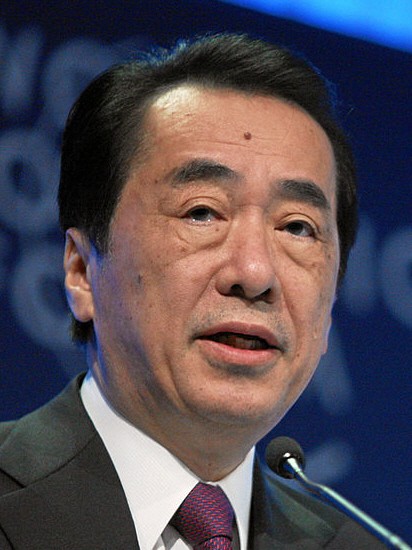Four years after the earthquake that rocked Japan that caused tsunami and the closure of all the country's nuclear plants, Tokyo backpedaled on Tuesday.
It restarted Sendai plant's No. 1 reactor at Kagoshima prefecture, signaling Japan's return to nuclear power which used to provide 30 percent of the country's energy, reports LA Times. Authorities shuttered the Fukushima nuclear plant in 2011 after the meltdown and closed all of the country's 48 atomic reactors.
With the restart of the Sendai reactor, it is expected to generate electricity by the end of August and go back to full output by early September. Kyushu Electric Power, owner of the Sendai plant, removed control rods from the reactor's core at 10:30 a.m. to restart the reactor. It is back online with no problems, says Tomomitsu Sakata, spokesman of Kyushu.
The restart reverses the decision of former Japanese Prime Minister Naoto Kan to phase out nuclear power by 2030. The change is a result of Shinzo Abe taking over the reins of the government in 2012 and reversing the nuclear policy.
The New York Times reports that despite the change in policy, many Japanese are in favor of permanent closure of the nuclear plants, according to survey results. To protest the reopening of the Sendai facility, Kan joined 150 to 200 demonstrators at the plant on Tuesday.
Kan warns, "By moving ahead with restarts, the Abe administration is leading a doomed country."
Besides the push by Abe to return to nuclear power in a bid to improve the Japanese economy that suffered a wider trade deficit because of energy lack, political observers see the hand of corporations in the return to nuclear use.
Koichi Nakano, Japanese politics professor at Sophia University in Tokyo, sees the big business lobby, which has been demanding the government to restart the plants, behind the change in policy. He points out that the lobby "is very well represented among the power elite behind Abe's government."



























